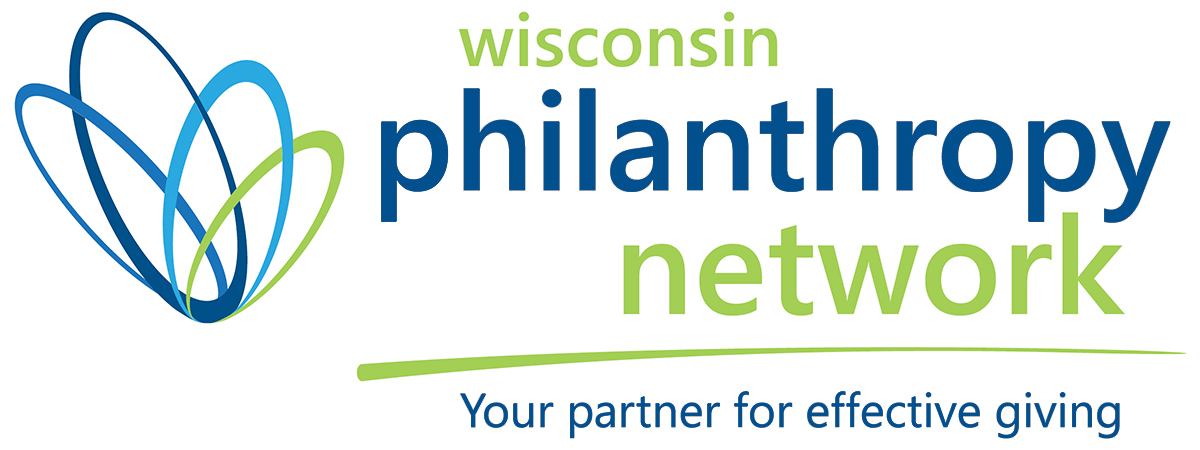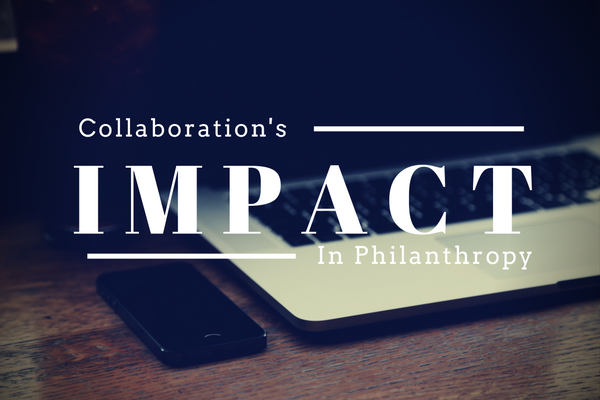Collaboration in philanthropy isn’t always easy. However, as Neera Nundy, co-founder and partner at Dasra, and Ann Paisley Chandler, a frequent contributor to philanthropic journalism, point out in their thoughts on collective impact in the Stanford Social Innovation Review(SSIR), it is not only possible but also necessary. Wisconsin Philanthropy Network invites you to explore the three steps they suggest are needed to successfully cultivate a culture conducive to collaborative success.
Click on this link to go to the source of the article for more of their insights.
Collective Impact: The Missing Link
by Neera Nundy and Ann Paisley Chandler
There’s been a lot of talk about the importance of multi-stakeholder approaches in solving large-scale social problems. Collective impact, which advocates a highly structured approach to collaboration, has become a poster child for this movement. Successful collective action, many say, follows only when we tackle all parts of a problem together. If we don’t synchronize efforts, we can kiss collective impact goodbye.
But how do we get here?
To make such a structured collaboration not just possible, but also highly probable, we need an environment in which stakeholders can perform their individual roles optimally while also collaborating with each other effectively. And in our excitement over collective impact, we’ve overlooked this fundamental step that transforms failure into success. We’ve seen that until there is an enabling environment that allows all stakeholders—nonprofits, corporations, foundations, philanthropists, media, and the government—to work together as a system toward one or more goals, collective impact remains elusive.
In 2013, our organization, Dasra, entered a $50 million partnership with USAID, the Kiawah Trust, and Piramal Foundation to improve health outcomes for one million adolescent girls in India. The resulting initiative, Dasra Girl Alliance, planned to do this by raising awareness on girls’ issues through research and the media, unlocking indigenous philanthropy to fund nonprofits, and building its capacity to improve the lives of more girls. We needed collective impact to achieve the Herculean task of impacting nearly 10 percent of the country’s 1.2-billion-strong population.
Going in, we assumed that stakeholders would be open to collaborating. But the reality was quite different, and our excitement was premature. Despite global consensus that investing in girls addresses Millennium Development Goals such as reducing maternal and child mortality, India’s girls have remained largely invisible. Starting out, Dasra worked hard to convince the relevant stakeholders that when you educate a girl, she marries later in life, is more likely to survive childbirth, and has fewer and healthier babies. She also has better employment opportunities and is more likely to send her children to school, undoing generations of poverty. Yet limited and ad hoc support from local funders told us that demand for investing in girls was shockingly low.
Nonprofits, for their part, didn’t identify themselves as girls-focused. Not unexpectedly, they viewed their work through the lens of the service they provided, such as access to education, rather than through the customer—in this case, girls. The former meant a “silo” mindset and limited services, with few holistic interventions designed for girls. Organizations, often singularly focused on program improvement, lacked the kinds of institutional systems needed for scale. Worse still, a trust deficit between them and indigenous donors made partnerships nearly impossible. The collective experience and insight required for a common understanding of the problem, for co-creating joint solutions, and for assuming mutually reinforcing roles was missing.
So how do we develop an ecosystem that’s primed for collective impact? How do we create an environment where interdependent stakeholders can perform their individual roles optimally and collaborate with each other effectively?
First, we must build awareness for the issue. Nike foundation’s Girl Effect video and Girl Hub sparked a global movement supporting greater agency and voice for girls. To date, it has reached millions, tattooing its cause onto Nike’s brand and, more importantly, the minds of men and women from Boston to Beijing.
Second, we need to build the capacity of stakeholders to help them perform at scale. UnLtd India, Villgro, Dasra, and Social Venture Partners help social organizations grow by funding and building their capacity through workshops, and through customized support—including business planning, impact assessment, brand building, and sustainability. This matters because organizations must first build internal stability before they can flourish as partners. And third, we must nurture a culture of collective impact so that nonprofits, funders, and the government can meet, collaborate, and grow together.
While one organization need not own all these activities, we have seen particular benefits in doing so. Two years into the Dasra Girl Alliance, funders trust and are willing to support such initiatives. In an otherwise vast and fragmented social sector in India, where transparency is low and credible information is hard to come by, trust is indispensable. And so assisting funders in identifying nonprofits to support, building confidence by taking responsibility alongside nonprofits to deliver results, deepening funders’ understanding of the issue, and creating opportunities for multi-stakeholder interactions helps everyone see both the need and potential for collective impact.
Over time, as a result of Dasra’s multi-stakeholder exchanges, nonprofits have grown into the idea of actively seeking partnerships among themselves, and with others—including funders, media, and government. Many have seen, first-hand, the value of collective experience, learning from others’ mistakes, and drawing on one another’s competencies. And because Dasra is considered a partner in this collective effort, we’ve been able to nudge collaboration between seemingly unlikely partners. More frequent conversations and partnerships have also meant increasingly standardized measurement systems. Put simply, when all stakeholders can perform their best, and work together to get the best out of one another, the stage is set for collective impact.
The world needs more collective impact initiatives, and we need more of them to succeed. Dasra’s efforts toward strengthening the ecosystem for girls in India are not unique; they bear lessons for others embarking on multi-country, multi-stakeholder initiatives. The ambitious targets of the post-2015 global development agenda won’t be achievable without collaborationthat is structured and effective. Like a mise en place makes or breaks a chef’s dinner service, so a weak ecosystem counters efforts for collective impact.




